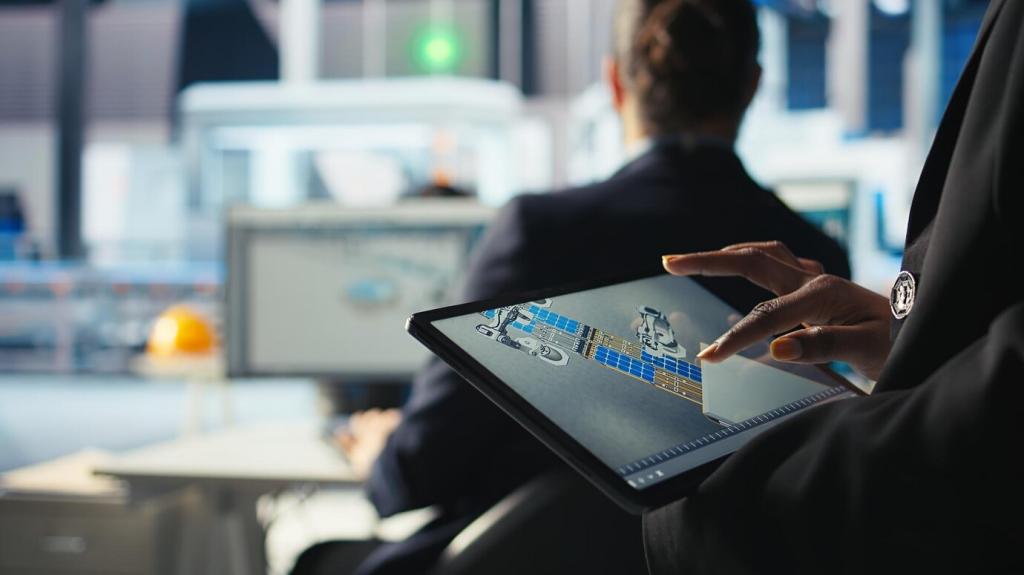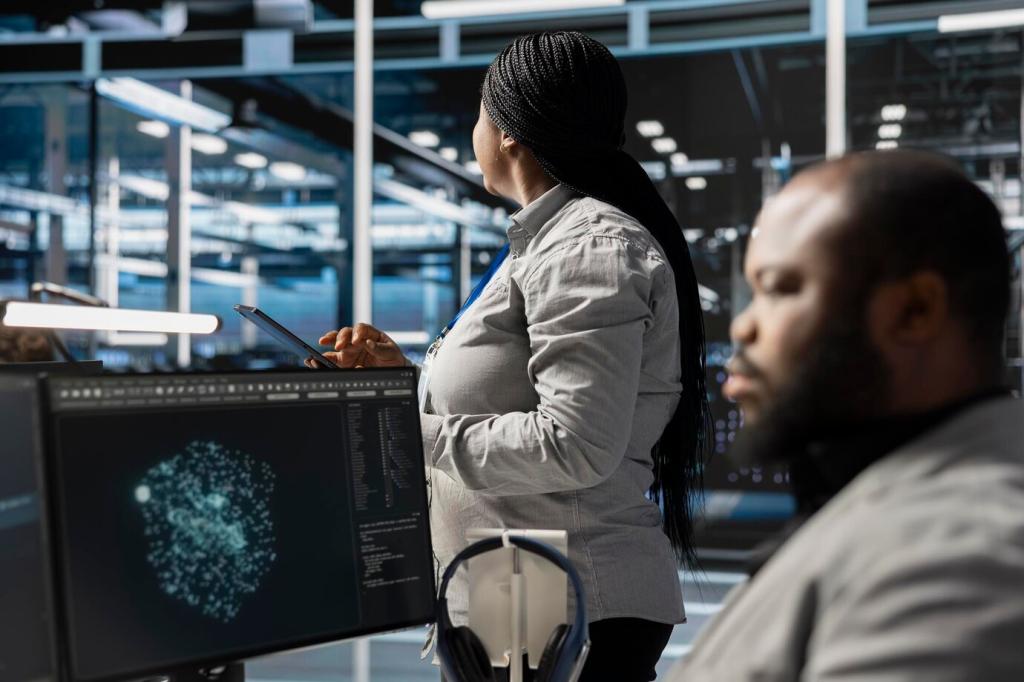Enhancing Home Security with AI Assistants
Artificial intelligence is rapidly transforming the way we protect our homes, bringing new levels of convenience, customization, and proactive protection to everyday life. By leveraging advanced technologies, AI assistants provide homeowners with intelligent features that not only monitor and safeguard properties but also learn and adapt over time. This web page explores the many ways in which AI-powered assistants are elevating home security, offering insights into their core capabilities, integration potential, and the tangible benefits they deliver.


Enhancing Real-Time Surveillance
AI assistants boost real-time surveillance by harnessing machine learning to analyze data from security cameras and sensors with remarkable speed and accuracy. This allows for instant recognition of unusual activities, such as unauthorized entry or prolonged presence at an entry point. Unlike traditional systems that may rely on simple motion detection, AI-driven surveillance distinguishes between familiar visitors, pets, and potential threats. Users can receive tailored alerts on their phones and review activity logs, ensuring that attention is only drawn to genuinely suspicious events and reducing the frequency of false alarms.

Seamless Device Coordination
With an AI assistant acting as a command center, various security devices become significantly more effective together than when operated individually. For example, the AI can trigger indoor lights to switch on in response to detected movement outside, or automatically lock doors at preset times. The voice-controlled assistant allows homeowners to arm or disarm alarm systems or check device status hands-free, improving both convenience and user experience. Seamless coordination not only streamlines daily routines but also ensures a swift, unified response to security incidents, maximizing overall home protection.
Advanced Threat Detection and Prevention
Traditional security systems often struggle with distinguishing between genuine break-ins and benign everyday events, leading to frequent nuisance alarms. AI assistants, however, process vast amounts of contextual data to accurately differentiate between normal and suspicious activity. For example, the system knows the difference between a family member arriving home late and an unauthorized visitor attempting forced entry. Using facial and voice recognition technologies, the AI verifies identities, flags unknown individuals, and responds with precise alerts or even automated deterrence actions such as sounding alarms or alerting authorities.

Empowering User Control and Personalization
Intuitive Security Management
The hallmark of a great AI assistant is its user-friendly interface. Homeowners are able to control all aspects of their home security with simple voice commands or a few taps in an app. Whether checking camera feeds, adjusting alarm settings, or reviewing event histories, the process is straightforward and accessible to family members of all ages. The AI assistant can also provide step-by-step coaching or tailored reminders about maintenance and upgrades, bridging the gap between advanced technology and everyday usability.
Privacy-First Customization
Personalization does not come at the expense of privacy. Leading AI assistants are designed with multiple privacy controls, allowing users to decide when cameras are active, who has access to security feeds, and how data is stored or shared. Features such as scheduled camera downtime, guest mode, and encrypted data storage empower residents to create a security environment that feels both protected and respectful of personal boundaries. These options ensure that convenience does not come at the expense of individual freedoms.
Adapting to Household Habits
The most sophisticated AI assistants proactively learn from everyday household behaviors, continuously improving their recommendations and actions. Over time, the AI can recognize common patterns—like typical arrival and departure times, areas routinely accessed, or when doors and windows are used most. Using this insight, the system fine-tunes its alert levels, timing, and even suggests the creation of new safety protocols. The result is a security system that feels as personalized and attentive as a well-trained guardian, subtly evolving with its family.
